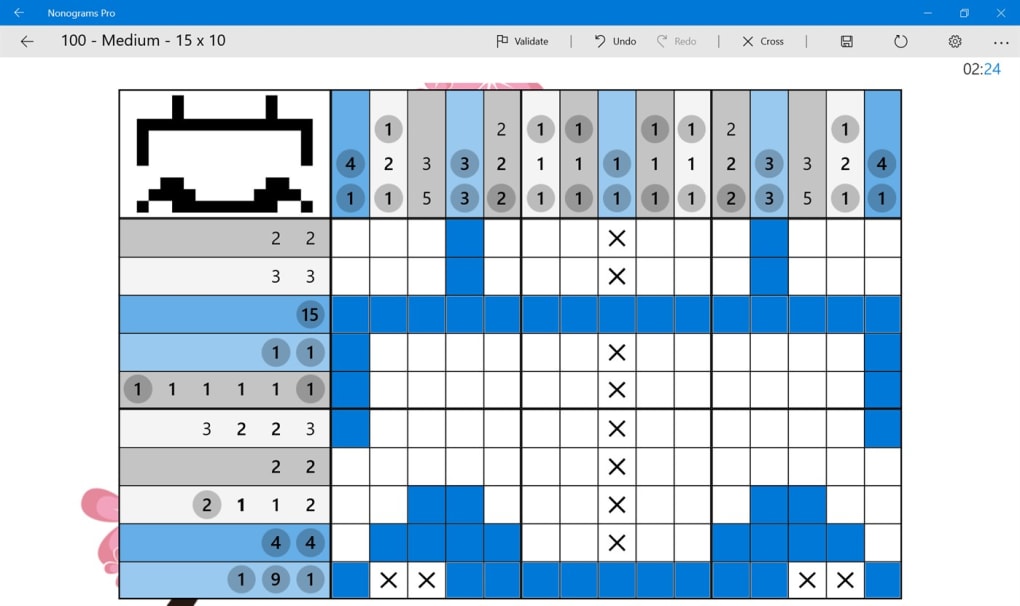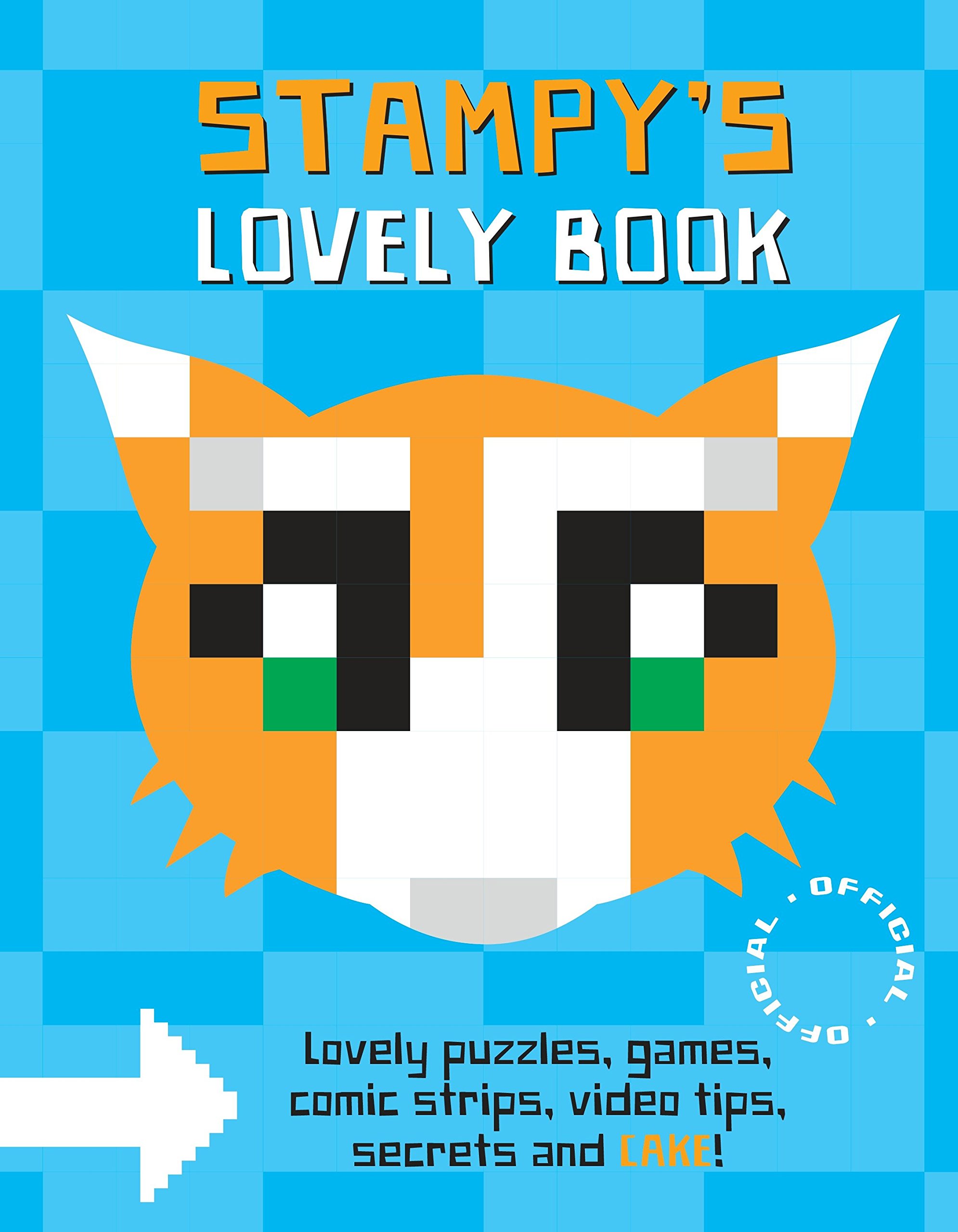
A racing game for Playdate with 3D pre-rendered sprites that really inspired me.Īt that time, I spent days brainstorming, prototyping and studying old consoles. One game caught my attention: Daily Driver from Matt Sephton. Jokes aside, the journey of P-Racing begins on June 8 2021-that day Panic released the first Playdate Update and I was impressed by all these little, awesome games.

He was focused mainly on programming and designing iOS apps.

Once upon a time, there was a developer who really wanted to make a game but never had a chance to do that. P-Racing delivers a pure racing experience pushing Playdate to its limit. I’m an indie software developer and author of P-Racing, a pseudo-3D racing game. Hey! I’m Matteo, better known as RPDev, owner of Risolvi Productions. If guessing, a single error can spread over the entire field and completely ruin the solution.A 3D Racer on Playdate?! Here's the story of P-Racing. Only cells that can be determined by logic should be filled. Solvers usually use a dot or a cross to mark cells they are certain are spaces.

Later in the solving process, the spaces help determine where a clue (continuing block of boxes and a number in the legend) may spread. Determining which cells are to be left empty (called spaces) is as important as determining which to fill (called boxes). To solve a puzzle, one needs to determine which cells will be boxes and which will be empty. For example, a clue of "4 8 3" would mean there are sets of four, eight, and three filled squares, in that order, with at least one blank square between successive groups. The numbers are a form of discrete tomography that measures how many unbroken lines of filled-in squares there are in any given row or column. Nonograms, also known as Hanjie, Griddlers, Picross, Japanese Crosswords, Japanese Puzzles, Pic-a-Pix, "Paint by numbers" and other names, are picture logic puzzles in which cells in a grid must be colored or left blank according to numbers at the side of the grid to reveal a hidden picture.


 0 kommentar(er)
0 kommentar(er)
